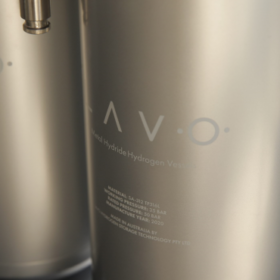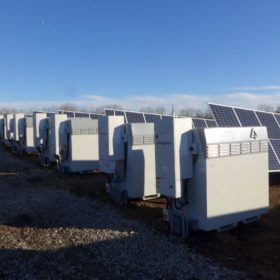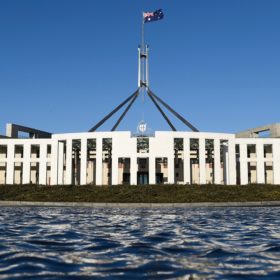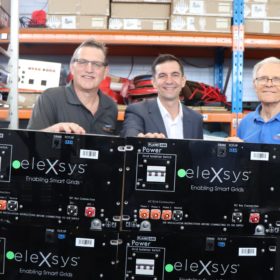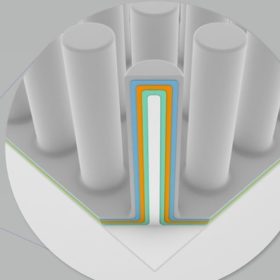Hyped hydrogen storage company opts to manufacture fuel cells near Brisbane
Queensland continues to attract massive hydrogen industry factories, with LAVO Hydrogen Technology today announcing it would establish a fuel cell manufacturing facility just south of Brisbane.
Queensland to build “common-user” vanadium processing plant
The Queensland government will put “at least” $10 million towards constructing a common-user facility to process vanadium from the state’s vast deposits, allowing multiple small mining operations to access the facility with the ambition of kickstarting downstream battery storage industries in the state.
UK business claims to have ‘world’s most sustainable lithium-ion battery’
English manufacturer Aceleron claims every component of its devices can be accessed for replacement, repair or recycling, with the business’ co-founder stating the aim is to ensure ‘100% of the materials in our batteries will continue to be used for as long as possible – preferably forever.’
‘Inexpensive line of supply no longer acceptable’: federal politicians move on consequential ban for solar industries
Members of both the upper and lower houses of Parliament are moving to ban the importation of goods made with forced labour by introducing a bill which, if passed, would have profound repercussions for Australia’s solar industry.
Queensland cleantech company wins grant to build manufacturing base in Australia
Brisbane’s eleXsys Energy has won a government grant which will allow the company behind Australia’s largest grid-connected microgrid to build its manufacturing base here in Australia.
Australia removes much-criticised DC isolator mandate
Following years of lobbying, the Standards Australia Committee has removed the requirement for rooftop solar installations to include a DC isolator.
“Crickey!” Rooftop solar makes South Australia the world’s first gigawatt-scale system to hit negative demand
Rooftop solar drove two negative demand events in South Australia on Sunday, November 21, events which analysts are describing as a world-first for a gigawatt-scale power system.
3D solid-state thin film battery from the Netherlands
Developed by a spin-off of Dutch research institute TNO, the battery is claimed to offer higher energy density, longer lifespan and increased safety compared to conventional lithium-ion batteries. It will initially be applied in wearables and electric cars.
We must rapidly decarbonise road transport – but hydrogen’s not the answer
Hydrogen has been touted as the fuel of the future, and the technology features prominently in the Morrison government’s plan to reach net-zero emissions by 2050.
Shell teams with ICG to buy Meridian’s Australian assets in $729m deal
International oil giant Shell is set to acquire Australian energy retailer Powershop after partnering with Sydney-headquartered investment manager Infrastructure Capital Group in a $729 million deal which will see the consortium purchase all of Meridian Energy’s Australian assets.
